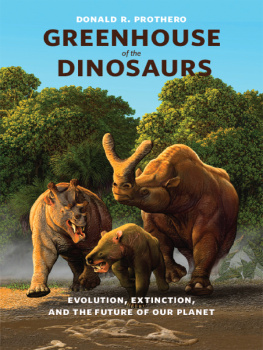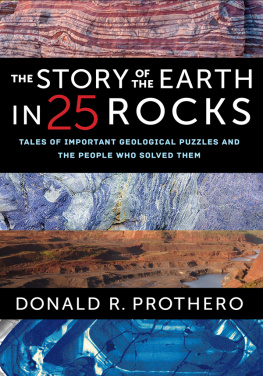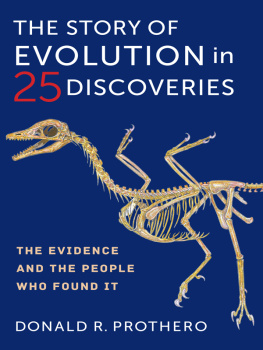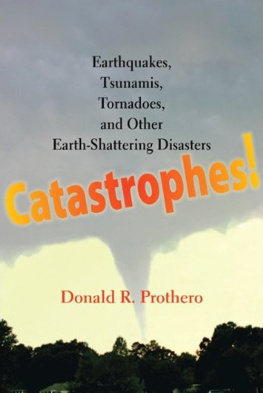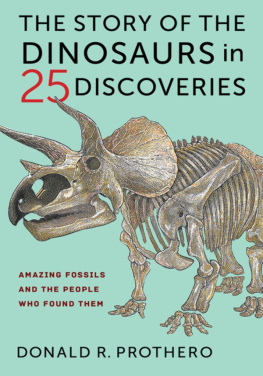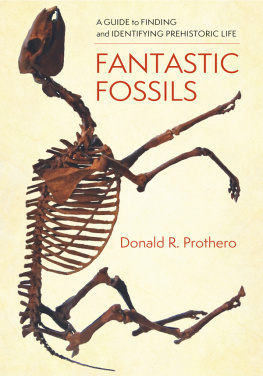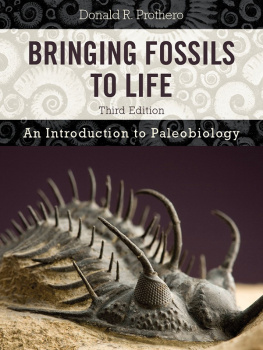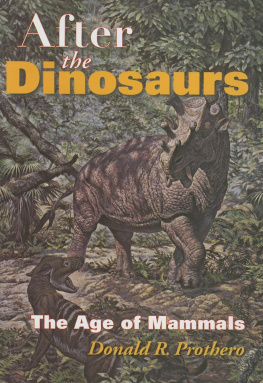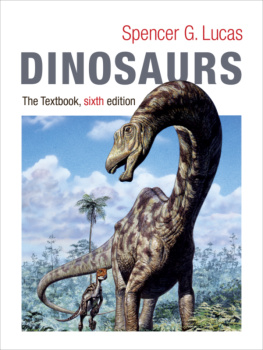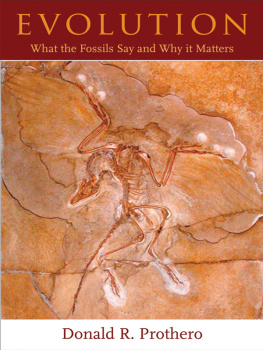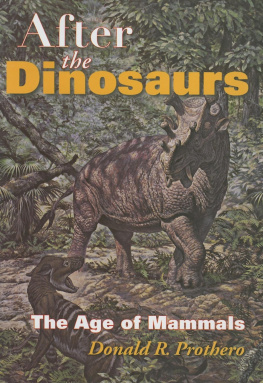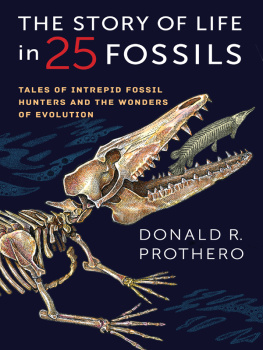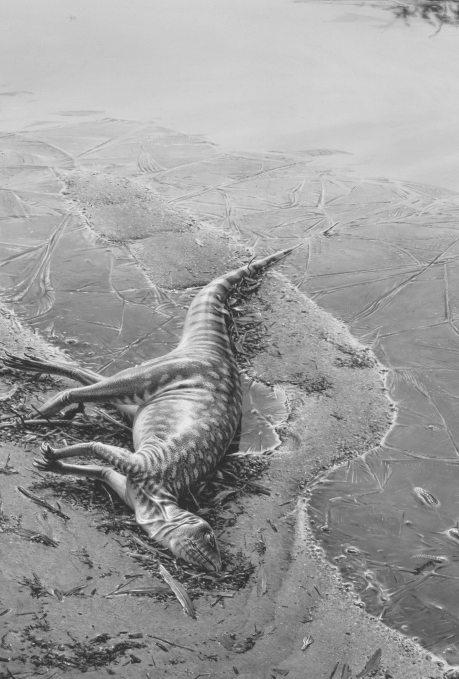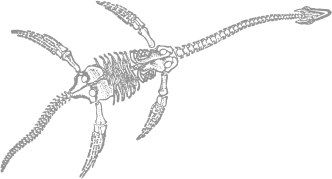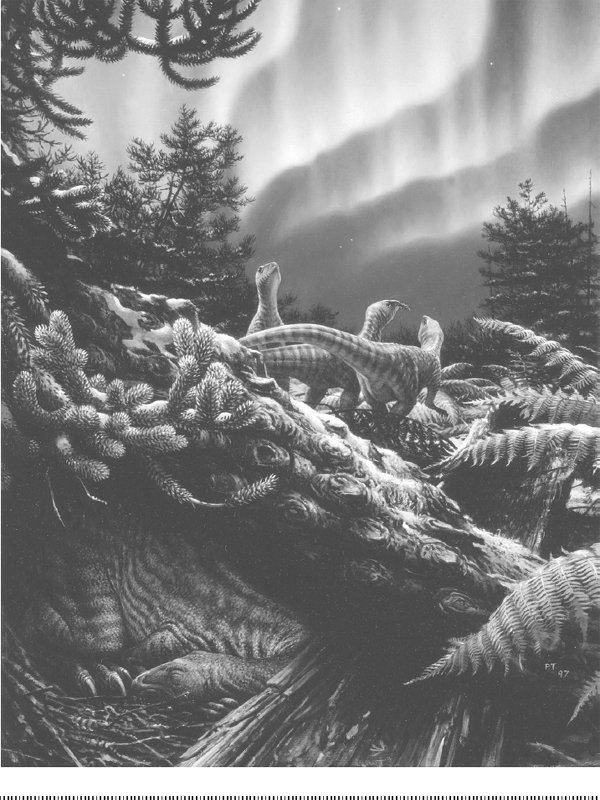Donald R. Prothero - Greenhouse of the Dinosaurs: Evolution, Extinction, and the Future of Our Planet
Here you can read online Donald R. Prothero - Greenhouse of the Dinosaurs: Evolution, Extinction, and the Future of Our Planet full text of the book (entire story) in english for free. Download pdf and epub, get meaning, cover and reviews about this ebook. year: 2009, publisher: Columbia University Press, genre: Romance novel. Description of the work, (preface) as well as reviews are available. Best literature library LitArk.com created for fans of good reading and offers a wide selection of genres:
Romance novel
Science fiction
Adventure
Detective
Science
History
Home and family
Prose
Art
Politics
Computer
Non-fiction
Religion
Business
Children
Humor
Choose a favorite category and find really read worthwhile books. Enjoy immersion in the world of imagination, feel the emotions of the characters or learn something new for yourself, make an fascinating discovery.
- Book:Greenhouse of the Dinosaurs: Evolution, Extinction, and the Future of Our Planet
- Author:
- Publisher:Columbia University Press
- Genre:
- Year:2009
- Rating:3 / 5
- Favourites:Add to favourites
- Your mark:
Greenhouse of the Dinosaurs: Evolution, Extinction, and the Future of Our Planet: summary, description and annotation
We offer to read an annotation, description, summary or preface (depends on what the author of the book "Greenhouse of the Dinosaurs: Evolution, Extinction, and the Future of Our Planet" wrote himself). If you haven't found the necessary information about the book — write in the comments, we will try to find it.
Donald R. Protheros science books combine leading research with first-person narratives of discovery, injecting warmth and familiarity into a profession that has much to offer nonspecialists. Bringing his trademark style and wit to an increasingly relevant subject of concern, Prothero links the climate changes that have occurred over the past 200 million years to their effects on plants and animals. In particular, he contrasts the extinctions that ended the Cretaceous period, which wiped out the dinosaurs, with those of the later Eocene and Oligocene epochs.
Prothero begins with the greenhouse of the dinosaurs, the global-warming episode that dominated the Age of Dinosaurs and the early Age of Mammals. He describes the remarkable creatures that once populated the earth and draws on his experiences collecting fossils in the Big Badlands of South Dakota to sketch their world. Prothero then discusses the growth of the first Antarctic glaciers, which marked the Eocene-Oligocene transition, and shares his own anecdotes of excavations and controversies among colleagues that have shaped our understanding of the contemporary and prehistoric world.
The volume concludes with observations about Nisqually Glacier and other locations that show how global warming is happening much quicker than previously predicted, irrevocably changing the balance of the earths thermostat. Engaging scientists and general readers alike, Greenhouse of the Dinosaurs connects events across thousands of millennia to make clear the human threat to natural climate change.
Donald R. Prothero: author's other books
Who wrote Greenhouse of the Dinosaurs: Evolution, Extinction, and the Future of Our Planet? Find out the surname, the name of the author of the book and a list of all author's works by series.

